Ad-astra-affecte-spe - Reach For The Stars With Hope



More Posts from Ad-astra-affecte-spe and Others
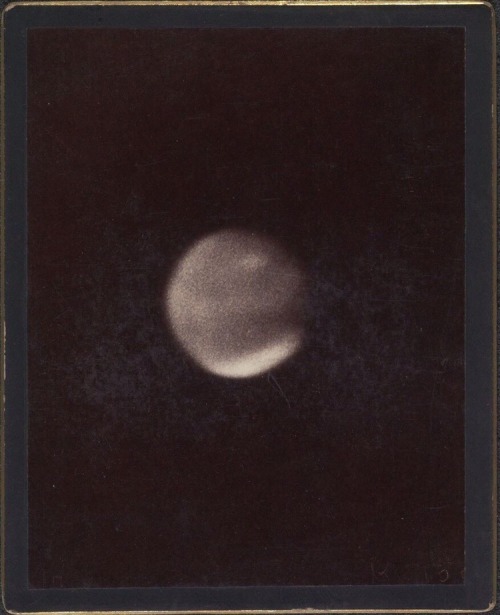
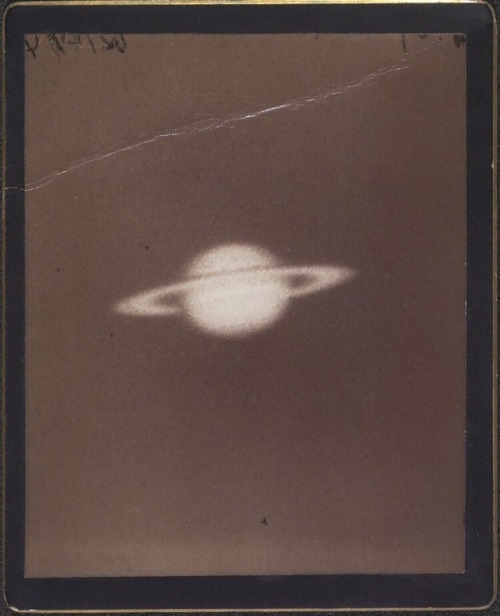
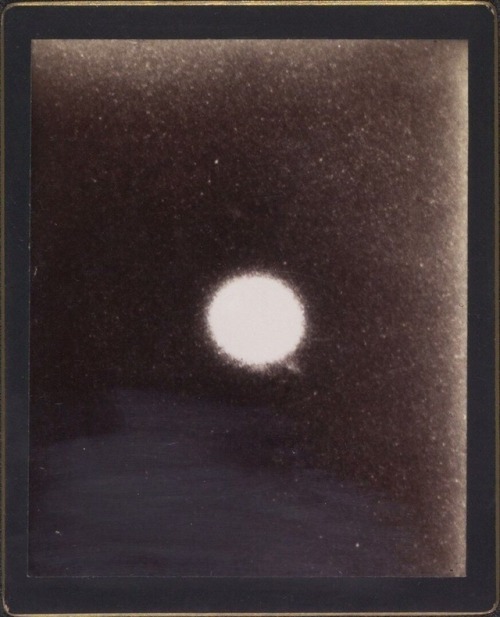
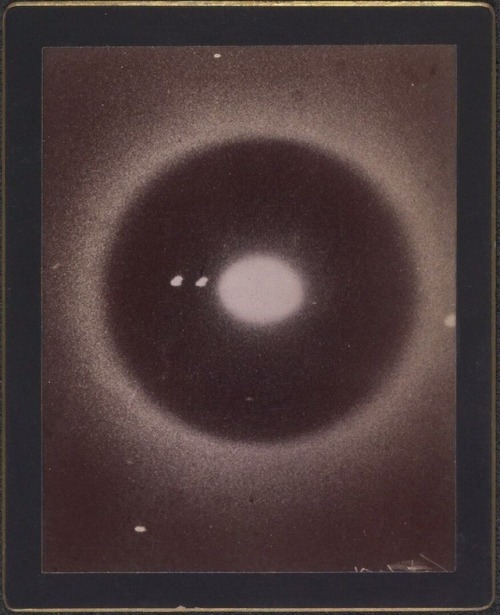
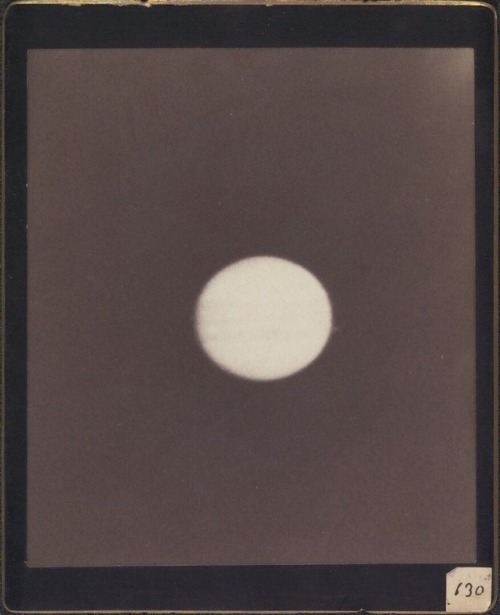
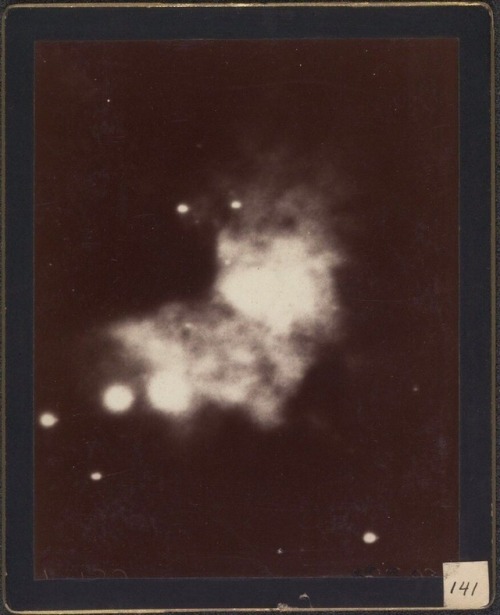
Astronomical photographs, Harvard College Observatory, Cambridge, 1890-1920

A hexagonal storm with a diameter of 25,000 km raging at the north pole of Saturn.

The first simulated image of a black hole was calculated with an IBM 7040 computer using 1960 punch cards and hand-plotted by French astrophysicist Jean-Pierre Luminet in 1978.

2024 March 5
NGC 2170: Angel Nebula Abstract Art Image Credit & Copyright: David Moulton
Explanation: Is this a painting or a photograph? In this celestial abstract art composed with a cosmic brush, dusty nebula NGC 2170, also known as the Angel Nebula, shines just above the image center. Reflecting the light of nearby hot stars, NGC 2170 is joined by other bluish reflection nebulae, a red emission region, many dark absorption nebulae, and a backdrop of colorful stars. Like the common household items that abstract painters often choose for their subjects, the clouds of gas, dust, and hot stars featured here are also commonly found in a setting like this one – a massive, star-forming molecular cloud in the constellation of the Unicorn (Monoceros). The giant molecular cloud, Mon R2, is impressively close, estimated to be only 2,400 light-years or so away. At that distance, this canvas would be over 60 light-years across.
∞ Source: apod.nasa.gov/apod/ap240305.html
New pics of Io just dropped

More are over here at NASA's Juno probe site.

M85 (center right) and NGC 4394 (center left) // Bart Delsaert
M85 is an elliptical galaxy, but one that has a complex series of shells and ripples. These features are thought to have been created some 4-7 billion years ago when it merged with another galaxy. It is currently interacting with the barred spiral galaxy NGC 4394, which might be supporting the shells' structure.
This galaxy was an original discovery of Méchain's in 1781 and is an isolated member of the Virgo Cluster, about 60 million light years away.
I'm having too much fun taking Skye sky photos on a cloudless winter's night. From May until the end of July it doesn't get dark enough for stars. (Pixel 5 in Night Mode / Astrophotography AI on.)






Jupiter
Make way for the king of the solar system! 👑
New Webb images of Jupiter highlight the planet’s features, including its turbulent Great Red Spot (shown in white here), in amazing detail. These images were processed by citizen scientist Judy Schmid.



Cosmic Delights and Distant Discoveries Unfold in ‘Astronomy Photographer of the Year 15’
-
 badpersonboogie liked this · 2 weeks ago
badpersonboogie liked this · 2 weeks ago -
 uncle-mrbones reblogged this · 4 weeks ago
uncle-mrbones reblogged this · 4 weeks ago -
 6feetunderwater reblogged this · 1 month ago
6feetunderwater reblogged this · 1 month ago -
 tinyparticlesofdoom liked this · 1 month ago
tinyparticlesofdoom liked this · 1 month ago -
 thenabokovparadox liked this · 1 month ago
thenabokovparadox liked this · 1 month ago -
 chapelofthechimes reblogged this · 2 months ago
chapelofthechimes reblogged this · 2 months ago -
 mrgangis liked this · 2 months ago
mrgangis liked this · 2 months ago -
 lightningcritter liked this · 3 months ago
lightningcritter liked this · 3 months ago -
 amchrisha liked this · 3 months ago
amchrisha liked this · 3 months ago -
 caiarchive reblogged this · 3 months ago
caiarchive reblogged this · 3 months ago -
 severeina liked this · 3 months ago
severeina liked this · 3 months ago -
 impr0bablezer0 reblogged this · 3 months ago
impr0bablezer0 reblogged this · 3 months ago -
 yandel5 liked this · 4 months ago
yandel5 liked this · 4 months ago -
 razerathane reblogged this · 4 months ago
razerathane reblogged this · 4 months ago -
 reynleaf liked this · 4 months ago
reynleaf liked this · 4 months ago -
 ether3um reblogged this · 4 months ago
ether3um reblogged this · 4 months ago -
 ether3um liked this · 4 months ago
ether3um liked this · 4 months ago -
 mothinthecornerofyourroom liked this · 4 months ago
mothinthecornerofyourroom liked this · 4 months ago -
 speedynamo liked this · 4 months ago
speedynamo liked this · 4 months ago -
 sohrleas reblogged this · 4 months ago
sohrleas reblogged this · 4 months ago -
 supermaple reblogged this · 4 months ago
supermaple reblogged this · 4 months ago -
 supermaple liked this · 4 months ago
supermaple liked this · 4 months ago -
 aprikota liked this · 4 months ago
aprikota liked this · 4 months ago -
 redrosydiaz liked this · 4 months ago
redrosydiaz liked this · 4 months ago -
 tayto3315 liked this · 4 months ago
tayto3315 liked this · 4 months ago -
 f1ustered reblogged this · 4 months ago
f1ustered reblogged this · 4 months ago -
 spacedustbarnes reblogged this · 4 months ago
spacedustbarnes reblogged this · 4 months ago -
 palofbibbo liked this · 4 months ago
palofbibbo liked this · 4 months ago -
 ecoantics liked this · 4 months ago
ecoantics liked this · 4 months ago -
 little-moonbird liked this · 4 months ago
little-moonbird liked this · 4 months ago -
 fireryn reblogged this · 4 months ago
fireryn reblogged this · 4 months ago -
 ikeep-forgetting-mypass liked this · 4 months ago
ikeep-forgetting-mypass liked this · 4 months ago -
 tooprettytodie reblogged this · 4 months ago
tooprettytodie reblogged this · 4 months ago -
 s-static reblogged this · 4 months ago
s-static reblogged this · 4 months ago -
 ciceronian liked this · 4 months ago
ciceronian liked this · 4 months ago -
 hyskeign reblogged this · 4 months ago
hyskeign reblogged this · 4 months ago -
 hyskeign liked this · 4 months ago
hyskeign liked this · 4 months ago -
 personpresentingactualgarbage reblogged this · 4 months ago
personpresentingactualgarbage reblogged this · 4 months ago -
 chaoticeddie liked this · 4 months ago
chaoticeddie liked this · 4 months ago -
 mastertrainiet liked this · 4 months ago
mastertrainiet liked this · 4 months ago -
 that-weird-bee reblogged this · 4 months ago
that-weird-bee reblogged this · 4 months ago -
 durinsbride liked this · 4 months ago
durinsbride liked this · 4 months ago -
 transrevolutions liked this · 4 months ago
transrevolutions liked this · 4 months ago -
 trans-computer-virus reblogged this · 4 months ago
trans-computer-virus reblogged this · 4 months ago -
 earthbound-in-doubt reblogged this · 4 months ago
earthbound-in-doubt reblogged this · 4 months ago -
 whynotreinventmyselfeveryday reblogged this · 4 months ago
whynotreinventmyselfeveryday reblogged this · 4 months ago -
 deliciouspaintthinner liked this · 4 months ago
deliciouspaintthinner liked this · 4 months ago

★•Astronomy, Physics, and Aerospace•★ Original and Reblogged Content curated by a NASA Solar System Ambassador
204 posts




